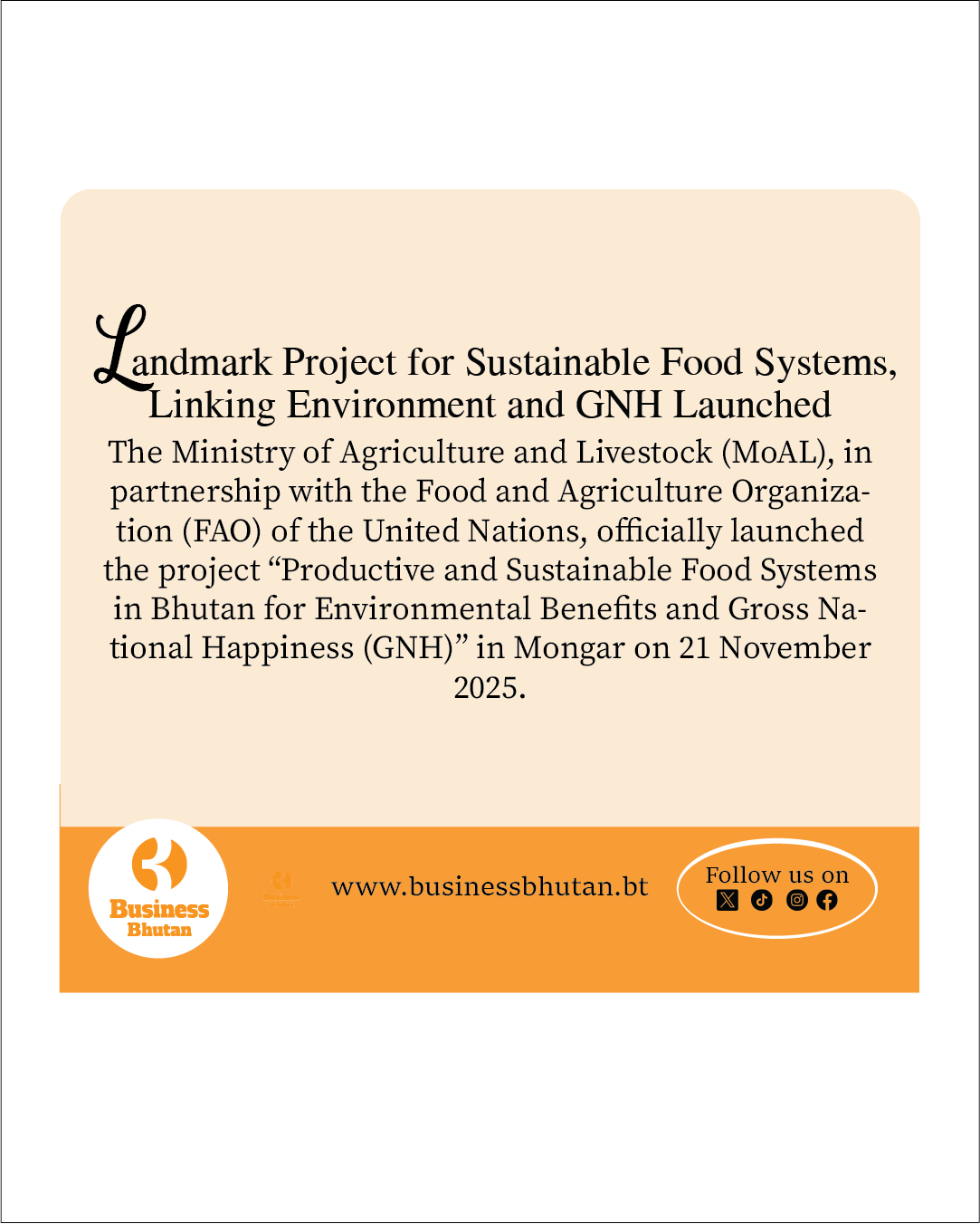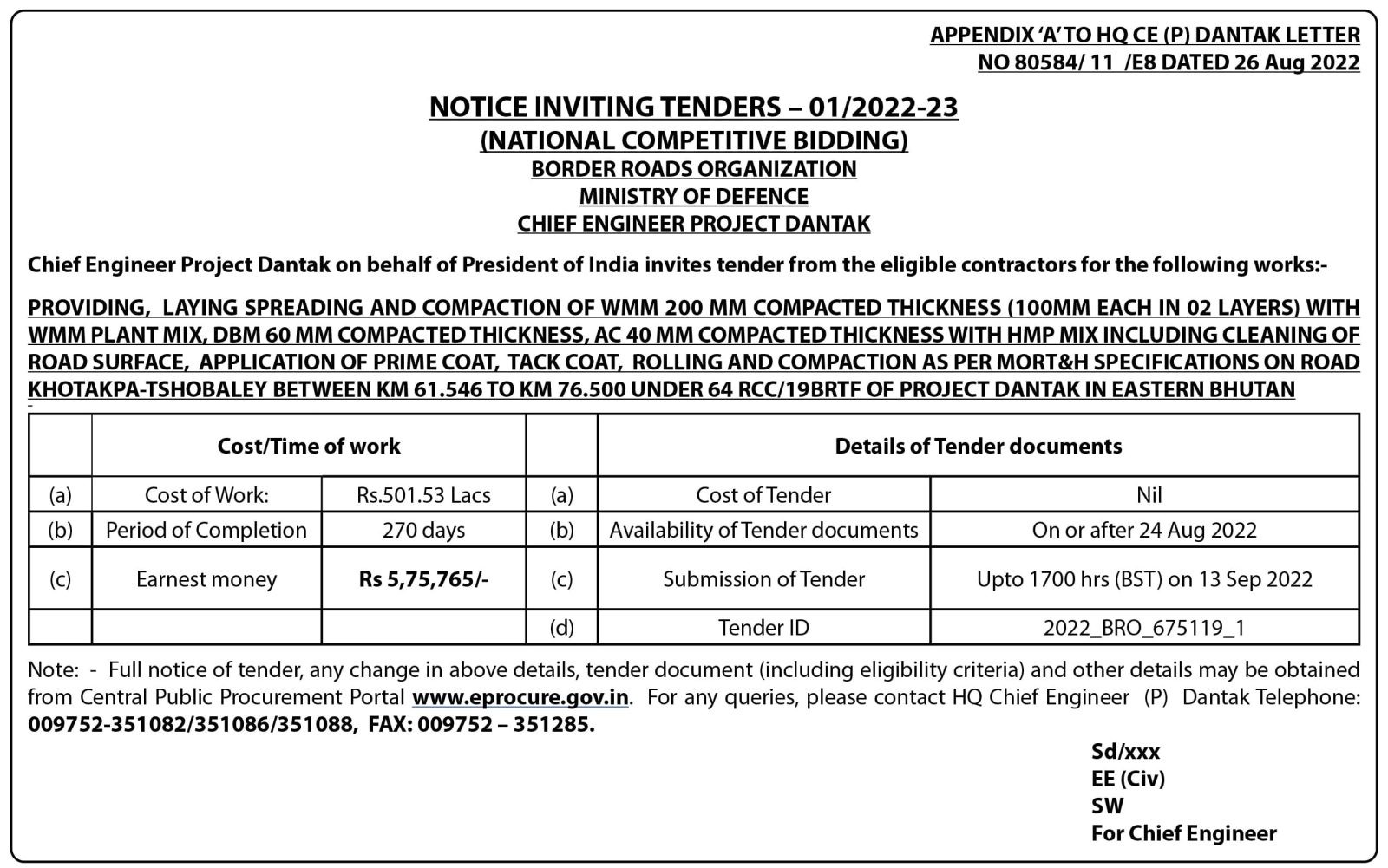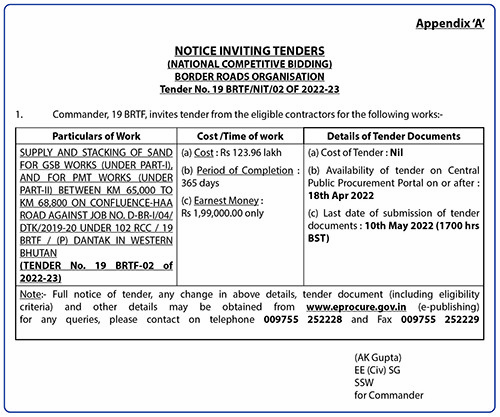One of the most important discussions that will be held and report submitted when the First Session of the Fourth Parliament begins later this month, will be the draft 13th Five Year Plan (FYP), which the National Assembly (NA) will present. The Ministry of Finance (MoF) has already presented the draft to the Cabinet. The 13th Five-Year Plan aims to transform Bhutan into a high-income economy by 2034.
The outlay for the 13th FYP is Nu 512 billion according to the Finance Minister, Leki Dorji, with recurrent budget at Nu 267.283 bn and Nu 245 bn for capital budget. In an earlier interaction with the media, the Finance Minister informed that the draft will be approved by the Cabinet and then presented to the Parliament.
Meanwhile, the government has reaffirmed its commitment to driving the country’s growth trajectory forward, with a significant achievement already under its belt. Within just two and a half months after taking office, the government has secured a substantial fund of Nu135 billion. Furthermore, a dedicated allocation of Nu15 billion has been set aside for the implementation of the Economic Stimulus Plan (ESP), which is scheduled to kick off very soon. This plan aims to inject life into the economy by providing accessible financing options, including low-interest or interest-free loans across various sectors.
The Prime Minister had earlier emphasized the importance of prudent fund utilization and timely loan repayment to ensure sustained support for those in needs. In a call to action, the PM has urged collective efforts towards economic resurgence, highlighting the need for joint efforts to revitalize the economy.
To seek directives on finalizing the 13th Five-Year Plan, ministries also presented their strategies to the Prime Minister and Cabinet ministers in February. The presentations highlighted each ministry’s priority areas and provided an outline of the estimated budget allocated for the five-year term. During the sessions held ministries presented plans incorporating the new government’s pledges. According to officials from the Cabinet Secretariat, the primary purpose of these presentations was to seek directives for finalizing the plan.
The National Assembly will also deliberate on Budget Appropriation Bill for the Fiscal Year (FY) 2024-25 and supplementary Budget Appropriation Bill for the FY 2023-24.
The total budget outlay for the 13th Five-Year Plan is estimated at over Nu 500 billion, with an additional Nu 15 billion allocated for the economic stimulus plan, which aligns with the new government’s pledges.
The 13th Plan’s primary economic goals include increasing the Gross Domestic Product (GDP) from USD 2.5 billion to USD 5 billion by 2029 and making Bhutan a USD 10 billion economy by 2034. Scheduled to commence in July this year, the plan also aims to raise the GDP per capita income to over USD 12,000 by 2034.
The draft Planning Guidelines set forth 10 National Key Performance Indicators (KPIs) for the Long-Term Perspective Plan and 13th Five-Year Plan for Bhutan’s Economic Cluster. These KPIs, aligned with the principles of Prosperity, People, and Progress, aim to steer socio-economic development efforts in line with the vision of achieving a Developed Bhutan. Objectives include elevating GDP and GDP per capita, ensuring full employment, enhancing life expectancy, and improving public service satisfaction by 2030.
The plan spans 2024-2034, and the 13th Plan was initially scheduled from February 2024 to February 2029. The draft prepared said resources will be allocated to national programs and local government initiatives to meet public service needs. Adherence to KPI terms and conditions is crucial for success, with strategies, programs, and monitoring frameworks outlined.
The economic cluster aims to establish a USD 10bn economy with high-end jobs and GDP per capita of USD 12,000 by 2034, with specific KPIs focusing on digital economy development, trade balance enhancement, and increased Foreign Direct Investment. Guidelines were released in November 2022, encompassing criteria for income growth and assessing overall cluster performance.
Meanwhile government agencies are having a series of consultations with different groups to get their views on how best the ESP can be utilized for maximum impact. With Nu 2.5 billion (B) released by the government of India in the first tranche of the Nu 15 B committed, effective utilization of the ESP has become very significant.
By Sangay Rabten, Thimphu




![Fresh Beginnings: Pasakha Vendors Gear Up for New Vegetable Market - Duplicate - [#16963] Fresh Beginnings: Pasakha Vendors Gear Up for New Vegetable Market - Duplicate - [#16963]](https://businessbhutan.bt/wp-content/uploads/2025/11/Asset-200.png)











